Textuur
Textuur (Dutch for “Texture”) is an ongoing series that began in 2021. What started as a playful experiment turned into an ongoing exploration—driven by curiosity, fascination, and the simple joy of seeing patterns emerge from code.
I had started experimenting with a fluid simulation and found that fascinating. You can set boundaries, define parameters but can’t control things in detail.
During a summer holiday at the beach. I was mesmerized by the way water flowed across the sand—carving ridges, channels, and subtle layers into the surface. It looked chaotic up close, but from a distance, it had structure. I wondered: could I recreate something like that digitally, using nothing but code?

I began by modifying a basic fluid simulation—adding wave height, building a custom renderer in three.js, and experimenting with lighting and shadows. The results came quickly, and they were surprising.
Next, I added erosion simulation; the water interacts with a solid block of sandy material. High water pressure causes the sand to be removed, and at the same time, the sand directs the water flow.
This process led to a large range of experiments. I started out with modeling everything in threejs, but at some point started writing my own webgl toolbox so I wouldnt have to rely on external libraries anymore.
Over time, the work evolved. I created monochrome heightmaps, alien landscapes, and fully path-traced 3D renderings. Some images look like sediment, others like wind-blasted cliffs or flowing metal. But always, it’s about surface. Texture. The feeling of something that has formed over time.
Textuur is still growing. I return to it between other projects, adjusting parameters, trying new lighting setups, bending the rules of the simulation just a little more. It’s digital erosion as a form of drawing—slow, layered, and shaped by code.



















